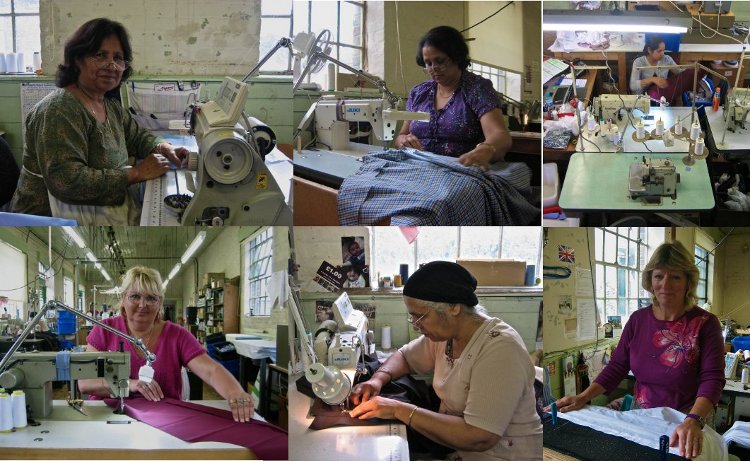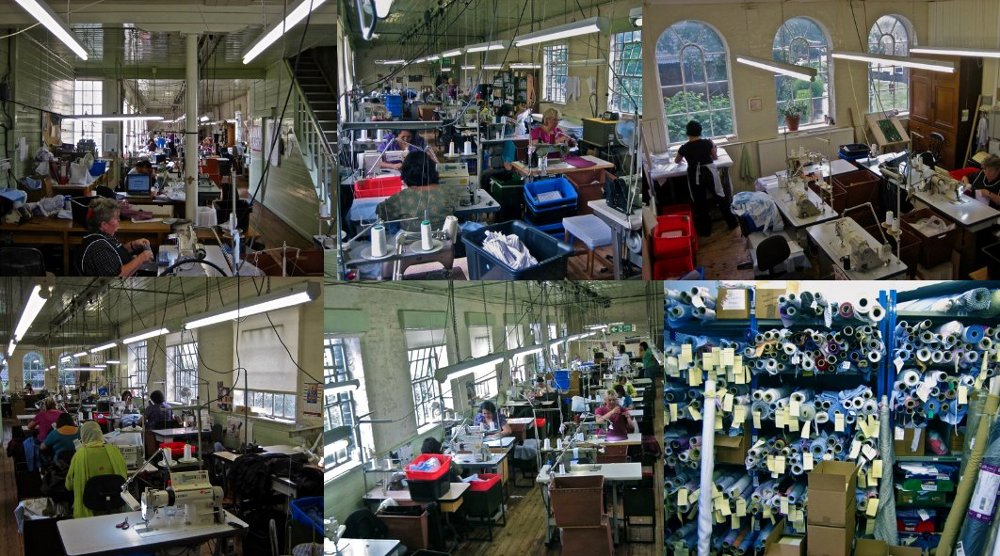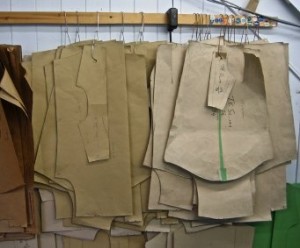 This article has originally been published online on the Spitalfields website on July 11th 2011, and is republished with permission.
This article has originally been published online on the Spitalfields website on July 11th 2011, and is republished with permission.
By: The Gentle Author, @thegentleauthor, author and researcher of Spitalfield Life, a website dedicated to the area of the same name in London’s East End.
When Boyd Bowman of Alexander Boyd, the Spitalfields tailor, introduced himself to me as the last shirtmaker in England – I knew at once that I needed to visit his factory, next to the old dockyard at the mouth of the Medway near Chatham in Kent. Here at Rayner & Sturges, in a handsomely matchboarded nineteenth century building, tall and narrow like a ship and with light coming from windows on both sides, the finest bespoke shirts are made for Savile Row and Jermyn St. And if you walk into Alexander Boyd’s tailoring shop at 54 Artillery Lane, Spitalfields, and order a shirt to be made for you personally, this is where it will be cut and sewn.
On a rise up above the Medway stands the heroic shirt factory, established here in 1913 by Messrs Rayner & Sturges as part of a local clothing manufacturing industry in Kent that has all gone now, apart from this. Many of the staff trained and worked in other companies in the vicinity, but now the remaining skilled garment workers are all concentrated here, quietly making the very best shirts together.

You walk straight from the street into the factory floor where a rack of magnificent Italian and Swiss shirt cottons greet you on the left and paper patterns hang on the wall to your right. I set out to follow the path of a shirt, leading me to Anthony Rose, dignified cutter of fifty years experience. “You spent three years laying the cloth out and measuring the lengths before they let you cut it, “ he told me, “You’ve got to understand how the pieces go together in the finished article. We make the full-matched shirt for stripes and checks, which means the pattern matches at the shoulder, the sleeves, the pocket, across the front and the cuffs.” A master at work, he took out a length of bold blue-striped cotton, folded the cloth carefully in half and arranged the patterns strategically, cutting with a sharp pair of long, old scissors, to ensure an perfect symmetry of the finished shirt.
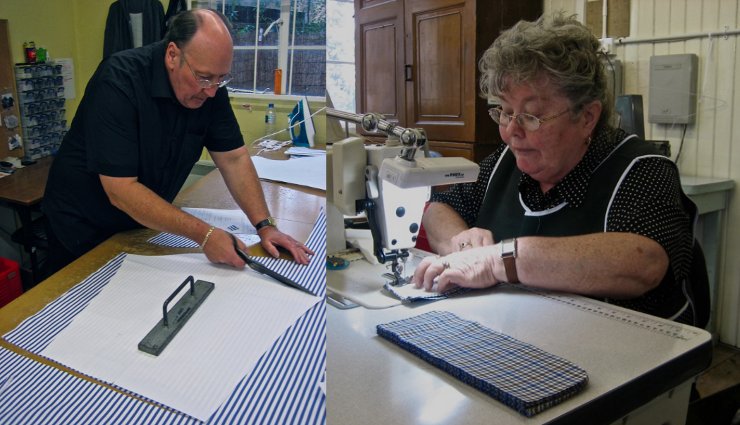
Commanding the centre of the floor are a small posse of machinists, each specialising in different aspects of the shirt whether making collars or attaching sleeves. These lively ladies dressed in different colours welcomed me to their territory where they work with relaxed concentration and self-respecting perfectionism. The pieces of each shirt are gathered in a tray that gets passed along the line, as each member of the team works upon the garment until a beautiful new shirt emerges at the end. The skill and experience of these women working closely together, gossiping, amusing each other and taking pride in their exemplary work is a rare contrast to the sweatshops of mass-manufacturers.
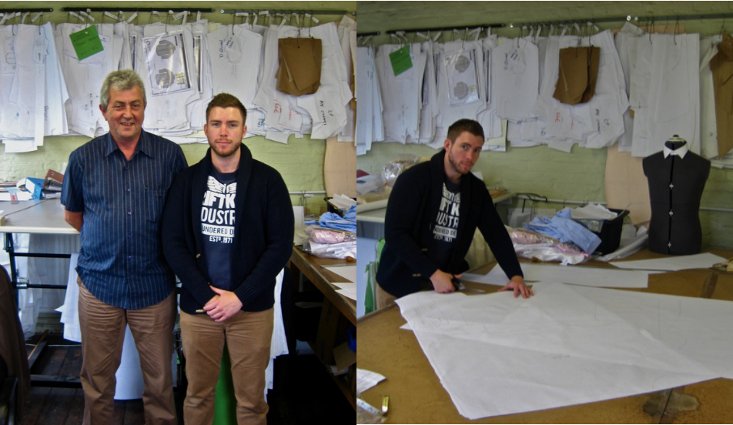
Not only was the building reminiscent of a ship, but the employees were a top-notch crew in which everyone contributed their different skills to a single end, permitting mutual appreciation and respect, sharing pride in the finished result. While there is no doubt that the age of mass production can sublimate and degrade the individual – that is what you read everywhere – here in Chatham at Rayner & Sturges, I found another story which by its existence proves that a different way can be viable. People work in decent conditions, without cutting corners, and create beautiful shirts for which enough customers are prepared to pay the price. It may be the last shirtmaker in England, but it is a new song of the shirt.
